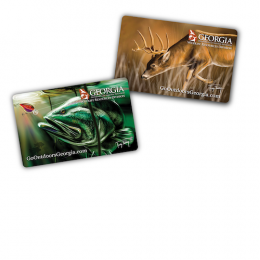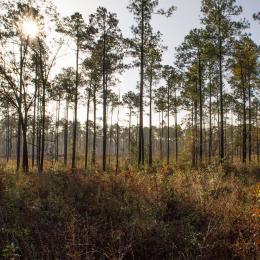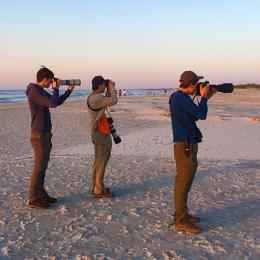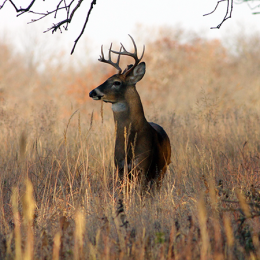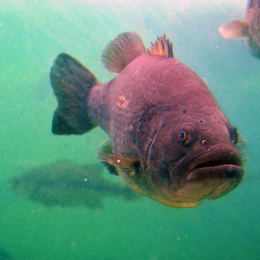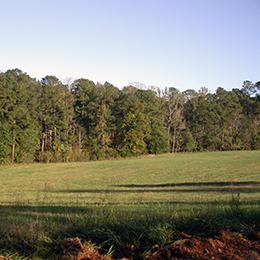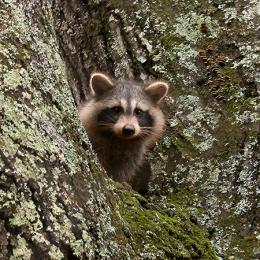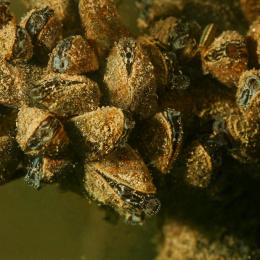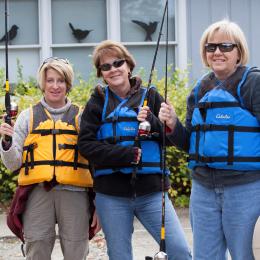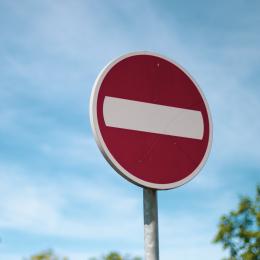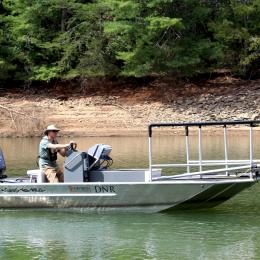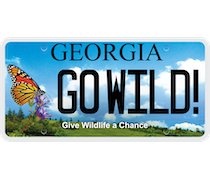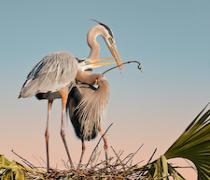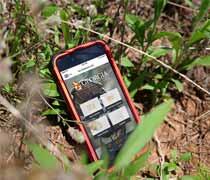The Georgia Department of Natural Resources is again offering a helping hand to projects that help people experience the state’s native wildlife and natural habitats.
The opportunity comes from the agency’s Wildlife Viewing Grants Program. Grant proposals for 2026 are being accepted at https://georgiawildlife.com/WildlifeViewingGrants. The deadline to apply is Feb. 4, 2026. Awards range up to $5,000 per project.
Since reviving the program in 2018, the DNR Wildlife Conservation Section has selected over 45 proposals for grants totaling more than $120,000. The projects, explored in an interactive map at https://georgiawildlife.com/WildlifeViewingGrants, vary from viewing platforms to interpretive signs and outreach programs. All offer more ways to see and learn about wildlife, especially species and habitats listed in Georgia’s State Wildlife Action Plan.
Wildlife Conservation Chief Matt Elliott explained that the program complements the plan, a comprehensive strategy to conserve native wildlife before they become rarer and more costly to save or restore. “Wildlife viewing is a rapidly growing recreational activity, and Georgia is one of the best places to do it,” Elliott said. “We appreciate the chance to help provide folks more and different ways to experience our state’s biodiversity.”
The grants are provided through Georgia’s Nongame Wildlife Conservation Fund, which the Wildlife Conservation Section manages. The goal: Provide viewing opportunities that raise awareness of native animals not fished for or hunted, rare native plants and natural habitats – particularly those considered conservation priorities in the Wildlife Action Plan.
The six viewing grant projects approved this year varied from helping the public experience a Chehaw Park and Zoo project restoring rare gopher frogs in the wild near Albany to providing binoculars and spotting scopes for viewing programs at Carroll County’s McIntosh Reserve Park and printing beach-bird guides in a Manomet effort to raise awareness of priority shorebirds and seabirds on the coast. The work and support by partners significantly amplifies the grant funding provided.
Wildlife viewing is big in Georgia and across the U.S. A few insights:
More than 4.8 million Georgia residents – about 57 percent of Georgians 16 and older – took part in wildlife viewing activities in 2022, according to a survey by the U.S. Fish and Wildlife Service in partnership with NORC at the University of Chicago.
The number of Americans involved in wildlife viewing surged from about 86 million in 2016 to 148 million in 2022, more than half of the population 16 or older, the Fish and Wildlife Service reports.
In a 2021 survey of Georgia wildlife viewers, the services most wanted from DNR included more information about wildlife and where to see species, plus more access to viewing sites.
Wildlife viewing grant proposals can include facilities, improvements and other initiatives that provide opportunities for the public – including underserved groups – to observe nongame animals, plants and natural habitats. Applicants will be notified about grant awards in March 2026. Visit https://georgiawildlife.com/WildlifeViewingGrants to learn more and submit a proposal.
Details on wildlife viewing, from ethics to apps, websites and studies, are available at https://georgiawildlife.com/WildlifeViewing. Explore Georgia’s Colonial Coast Birding Trail.
The DNR Wildlife Conservation Section is charged with restoring and conserving rare and other native species not hunted, fished for or collected through research, management and public education. The section relies largely on fundraisers, grants and contributions. Sales and renewals of DNR eagle, monarch/pollinator and hummingbird license plates are one of the leading fundraisers each year.
DNR Wildlife Viewing Grants/at a Glance
Project proposals should provide public opportunities to observe native wildlife and natural habitats, with an emphasis on species considered conservation priorities in Georgia’s State Wildlife Action Plan.
File proposals at https://georgiawildlife.com/WildlifeViewingGrants. The site has instructions.
Deadline to apply: Feb. 4, 2026
Grants are limited to $5,000 each. Funding is provided through Georgia’s Nongame Wildlife Conservation Fund.





